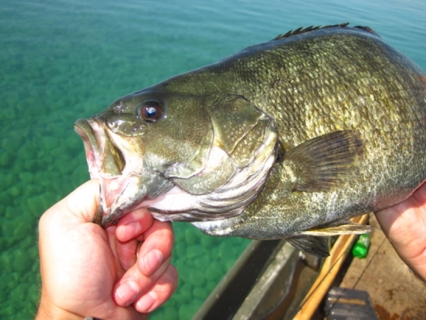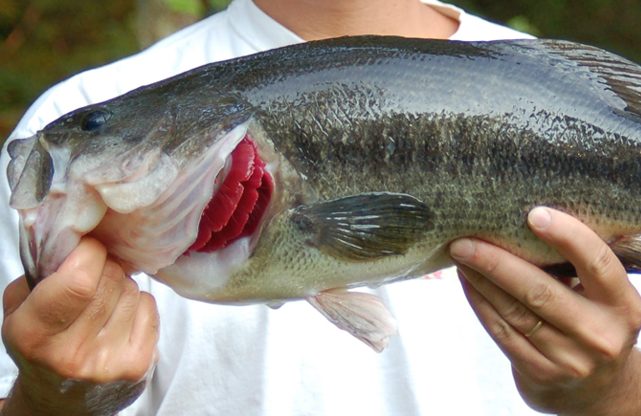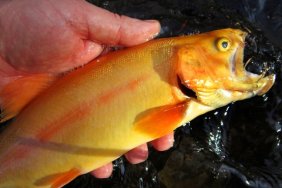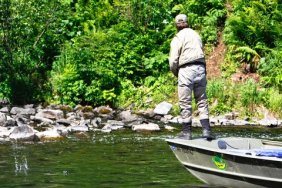As fall arrives, temperatures are cooling, but largemouth bass action is heating up. This is prime time to be out on the water taking advantage of this opportunity.
Largemouth bass become more active during the fall, because they are feeding heavily for the winter. They are pursuing baitfish and other prey, as they react to the changing conditions. To improve your odds of success catching largemouth bass this fall, here are four important tips to keep in mind.
FOOD
Baitfish are the primary source of food for largemouth bass during the fall. These smaller fish tend to congregate as water temperatures drop, providing an easy source of food for largemouths.
Bass will be feeding on minnows, shad, perch and small sunfish. If you can find the smaller fish, you will find the bass.
RELATED: Young Angler Breaks Largemouth Bass Record in Deleware
COVER
One important factor to consider when trying to locate fall largemouth bass – and the fish they are feeding on – is that they will often be near green vegetation.
The smaller fish are attracted to the weeds for both cover and the higher oxygen levels they produce. The bass are also drawn toward the higher oxygen levels of weeds, but the primary attraction is the schools smaller fish hiding in and around the weeds.
In addition to weeds, other cover to consider includes rocks and wood. Smaller fish will also be attracted to these areas for cover and the largemouth bass will follow.
Largmouths may also be found near the mouths of tributaries or river channels, if baitfish are present.
SHALLOW
When you are searching for fall largemouths, remember that they are typically going to be found in shallow water. In most cases this is 4 to 8 feet of water, but in some cases it can be 1 to 3 feet. Wherever the smaller fish are holding, the largemouth bass will be nearby.
RELATED: Best Fly Fishing Tips to Catch Largemouth Bass
SCHOOLS
In contrast to the summer months, largemouth bass tend to school during the fall, as they pursue smaller fish. This is a bonus for anglers, because it means that if you catch one bass, there are likely to be others in the same area, so do not give up on an area, just because you have already caught one or two fish.
This schooling activity also makes it much easier to locate bass on your fish finder.
BAITS
When it comes to fall largemouth baits, the best course of action is to select baits that match the fish the bass are feeding on. This could be crankbaits that imitate shiners or perch, silver spinner baits or soft jerkbaits that imitate minnows.
Although bass will be more likely to hit a bait that looks like the baitfish they are feeding on, you can experiment with a variety of baits. It is important to remember that fall largemouths are feeding aggressively and can chase anything that looks like food.
One effective fall tactic is to give your bait extra action by varying the retrieve, starting and stopping the bait or jerking it. Often this type of action can trigger a strike.
Photo credit: Wikimedia
Fish gallery
-
Fishing Files
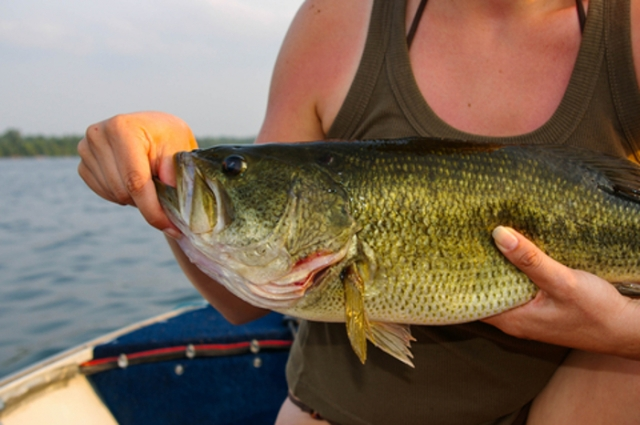
-
Striped Bass
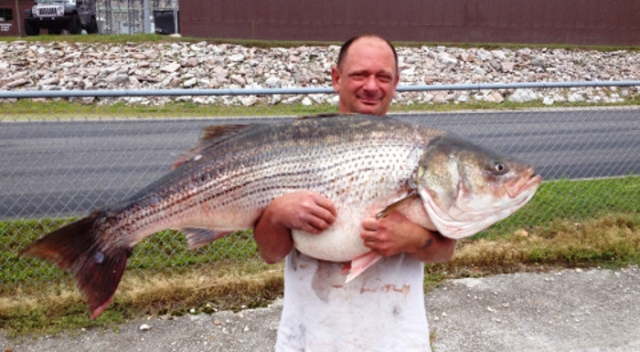
-
Fishing Files
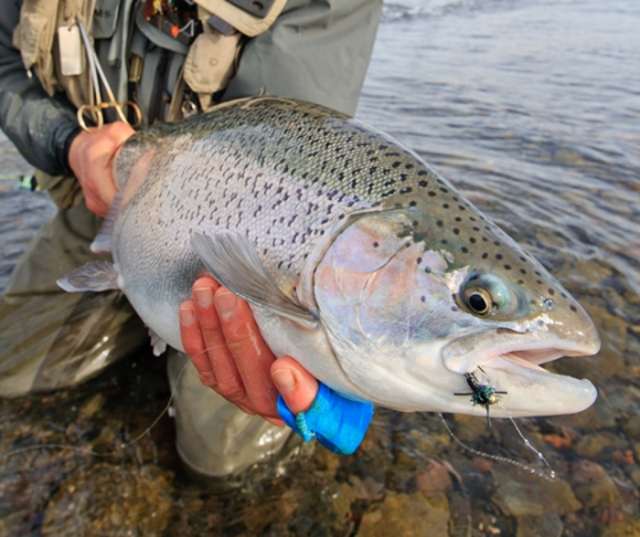
-
Smallmouth Bass
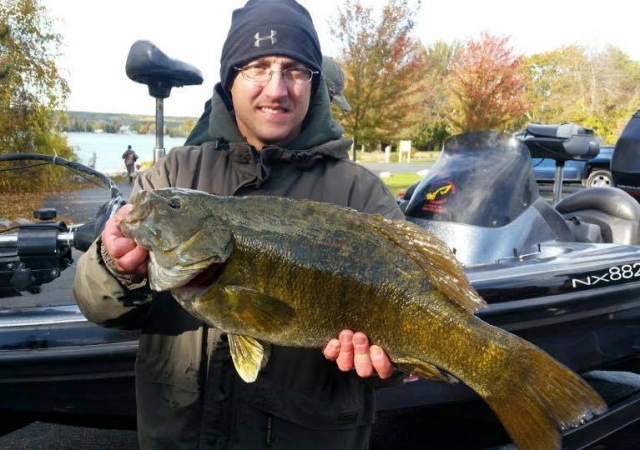
-
Fishing Files
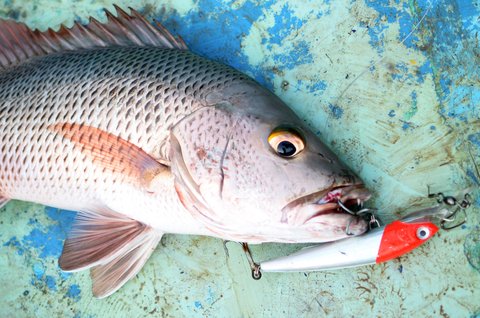
-
Fishing Files
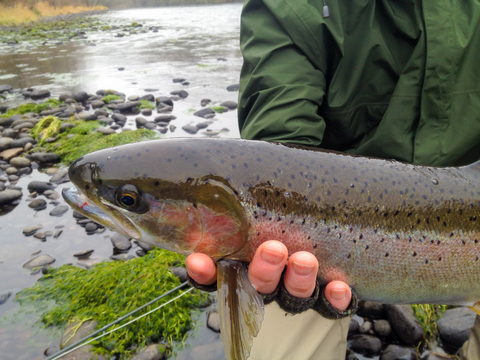
-
Largemouth Bass
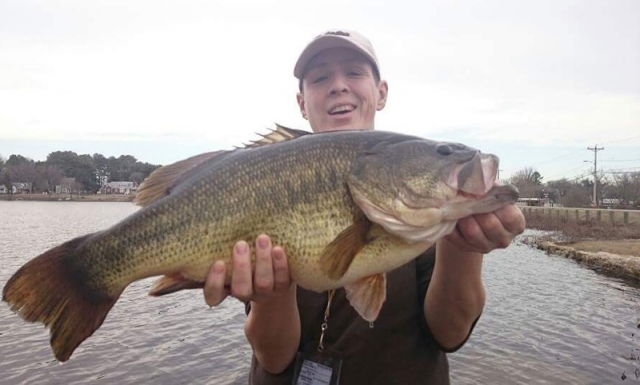
-
Fish fail in Russia
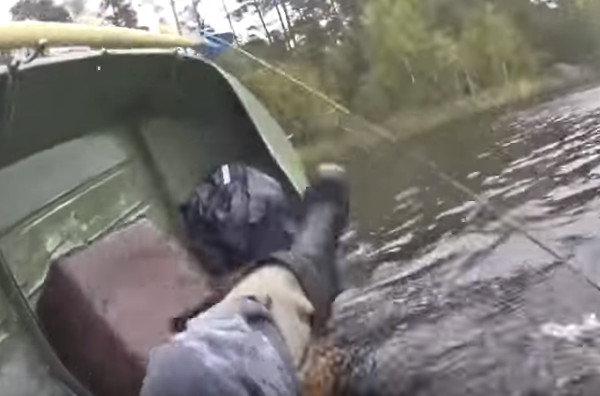
-
Bait fish
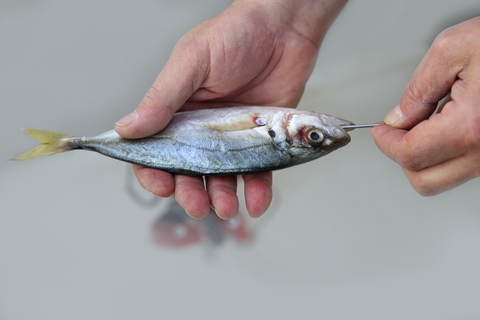
-
Fishing the weeds
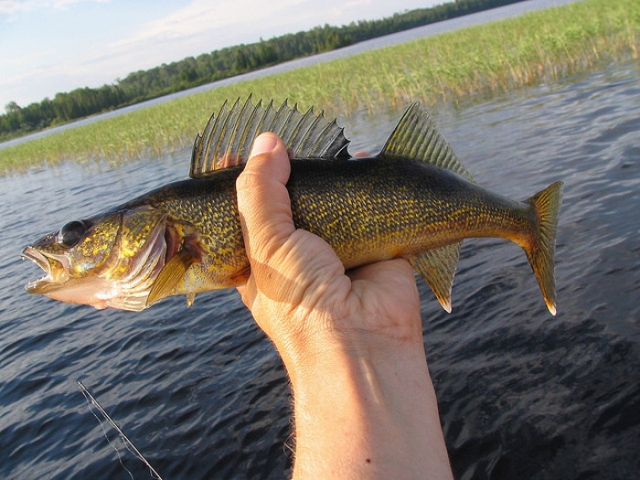
-
Fishing Waders
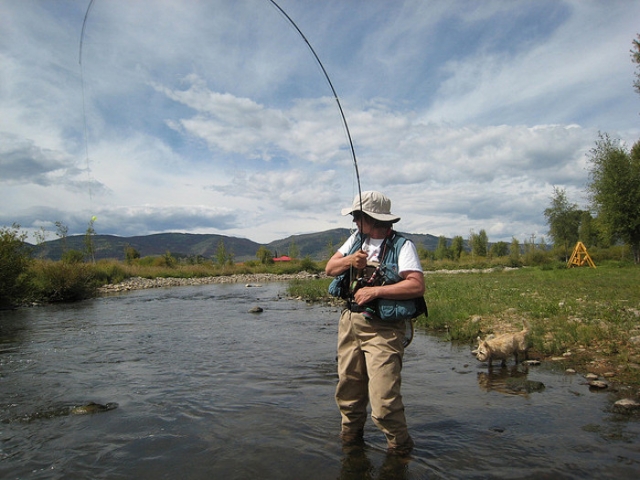
-
Old Man Fishing
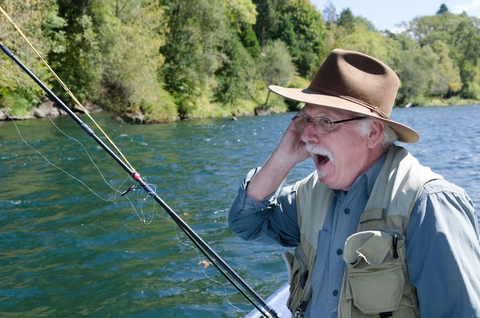
-
Fishing
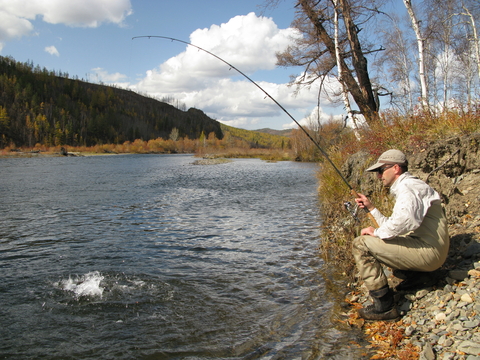
-
City Fishing
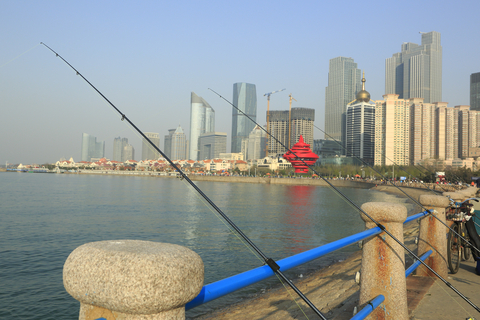
-
Fishing the cold
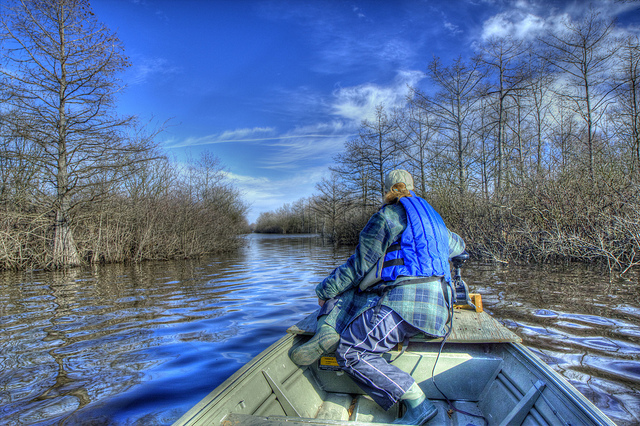
-
Fishing sunset

-
Bank fishing
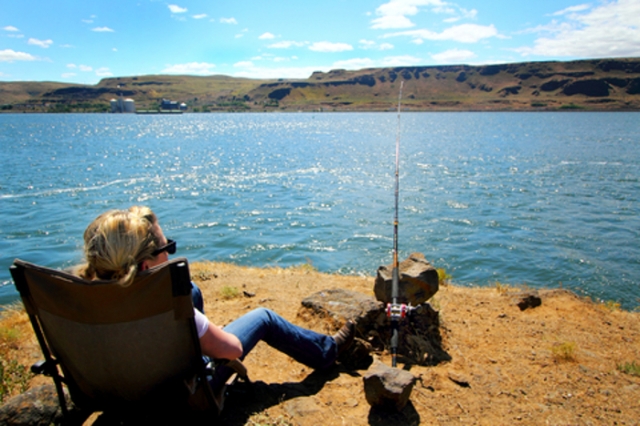
-
Day glow fishing boat
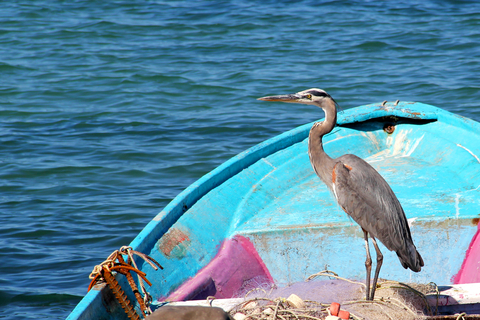
-
Fishing Pro
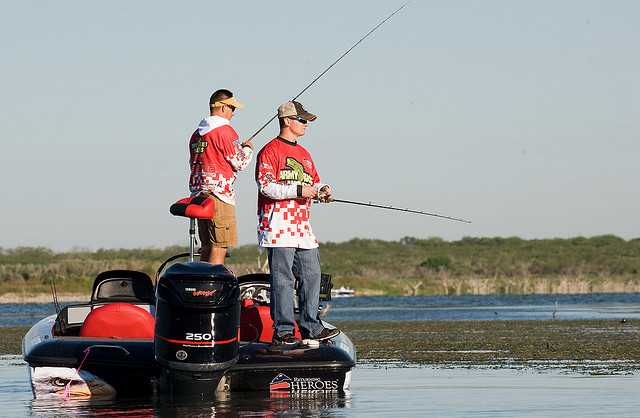
-
Fishing
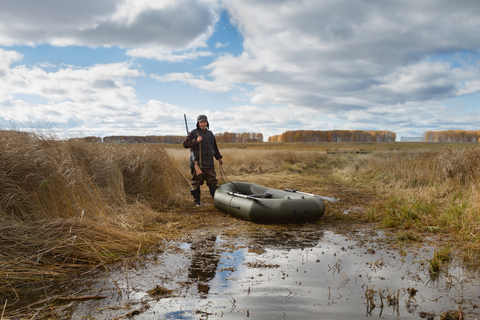
-
Fly fishing
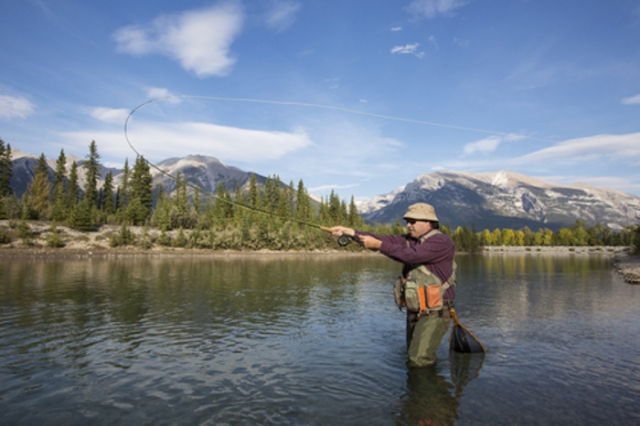
-
Fishing Files
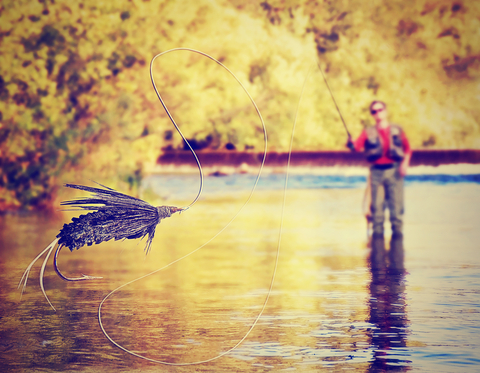
-
Fishing Files
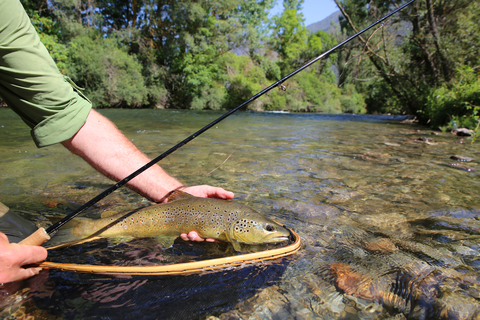
-
Fly reel
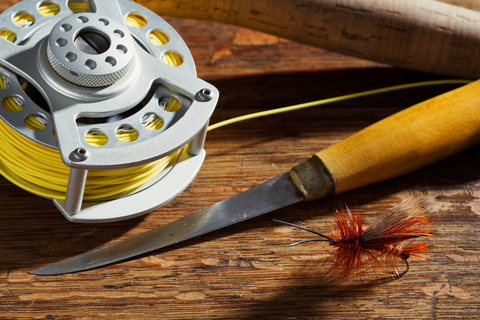
-
Gar Fish
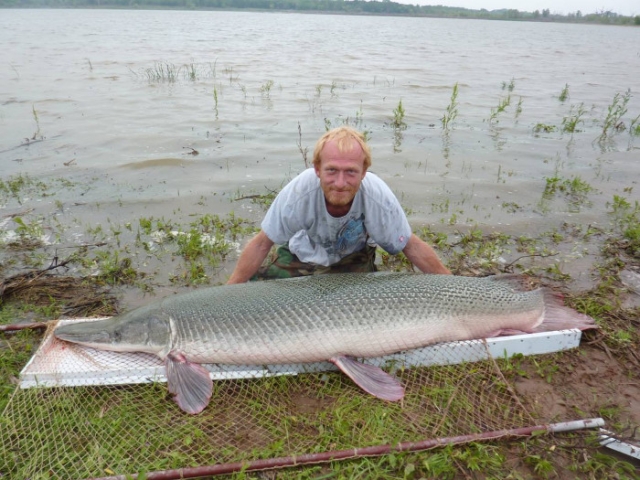
-
Golden Trout
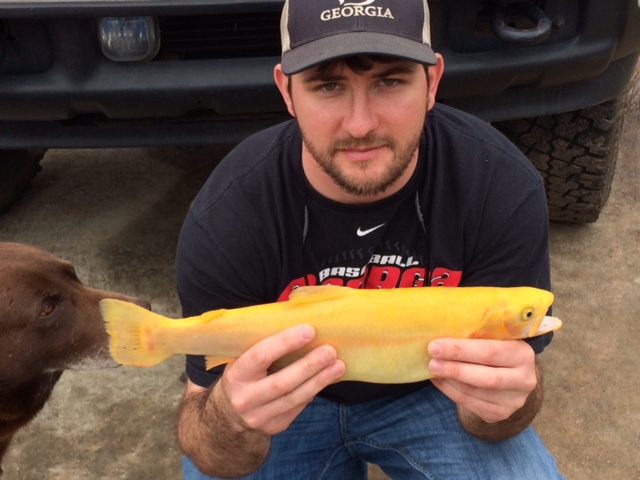
-
Ice Auger
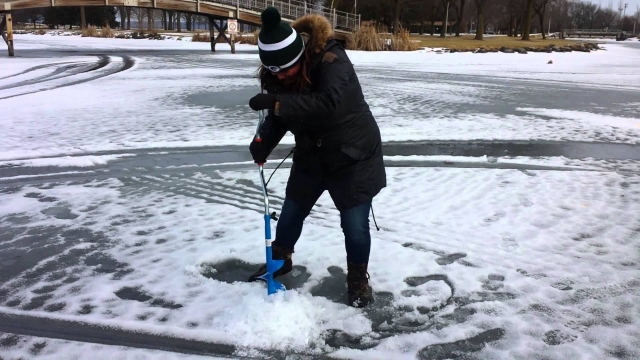
-
Ice Fishing
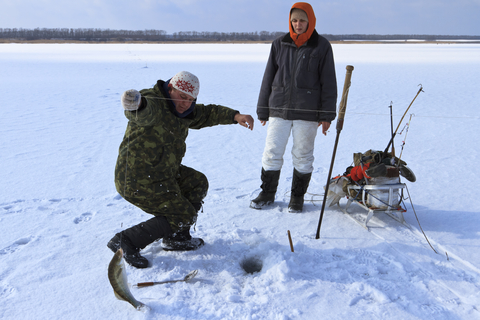
-
Halibut
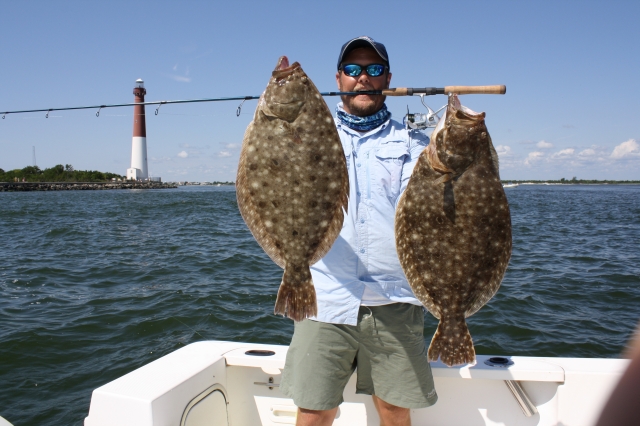
-
Bass Fish
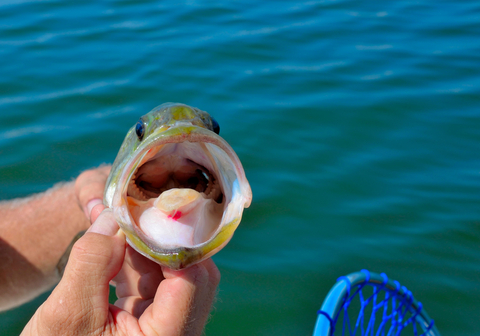
-
Lobster Dog
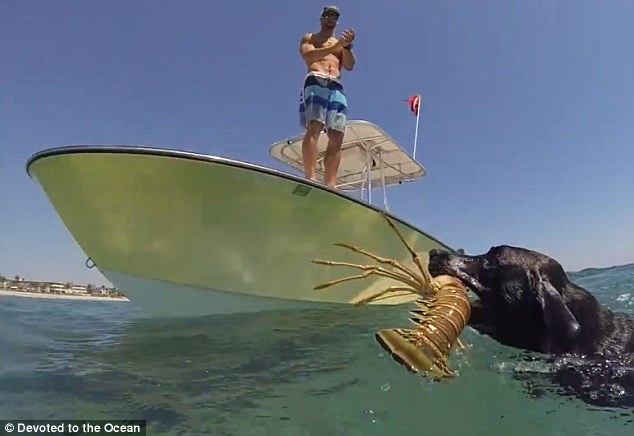
-
Marlin Fishing
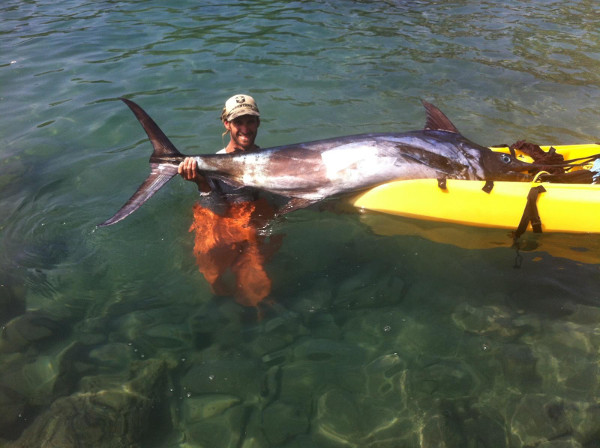
-
Muskie
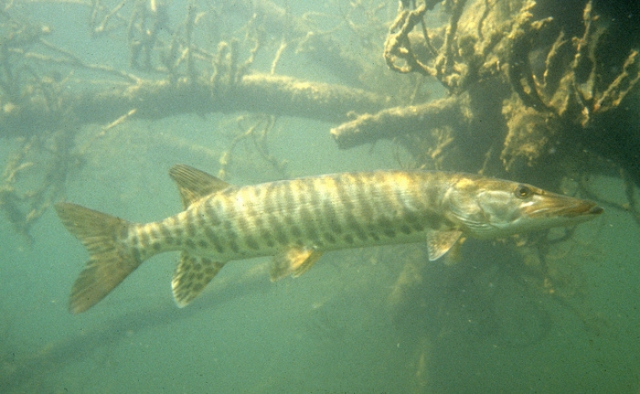
-
Fishing Files
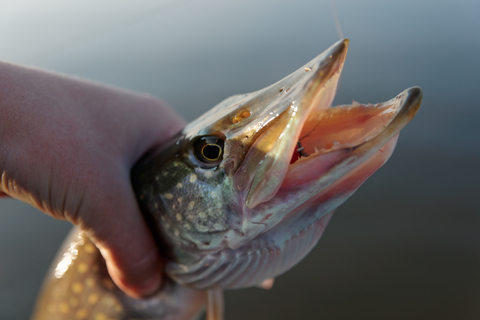
-
Nymph
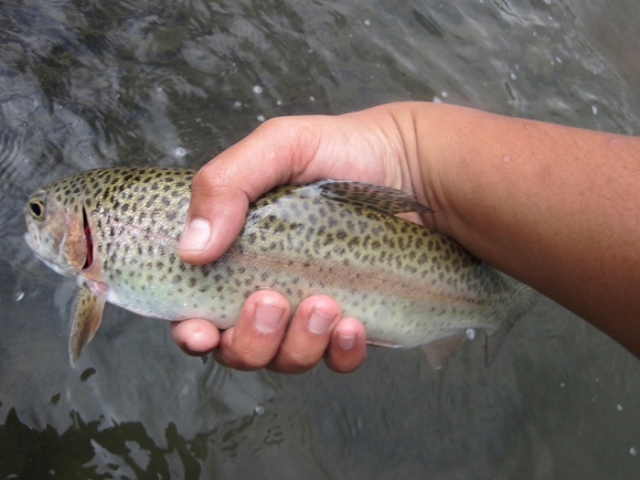
-
Oarfish
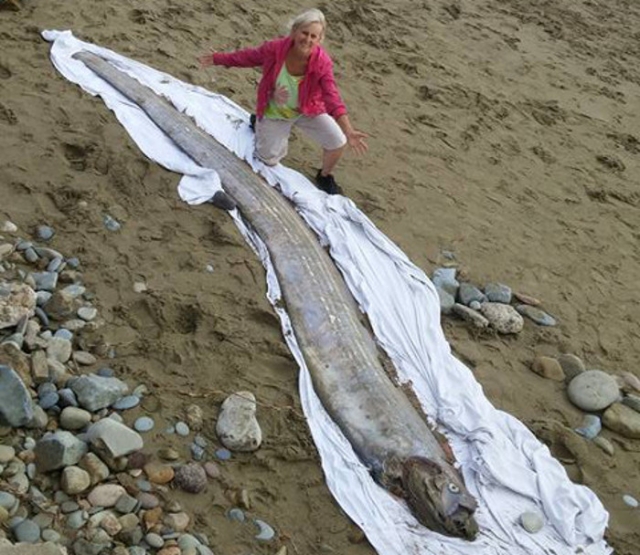
-
Obama Fishing
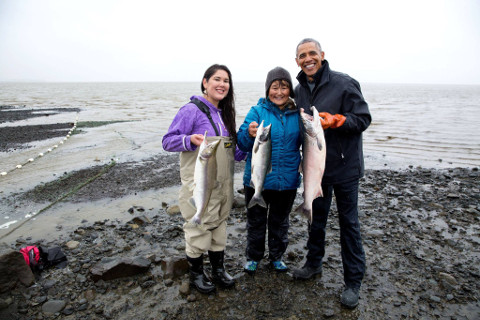
-
Panfish
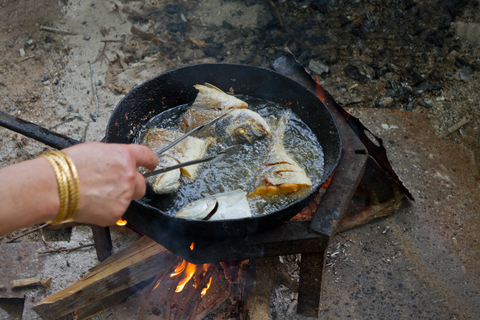
-
Pelican

-
Fishing Files
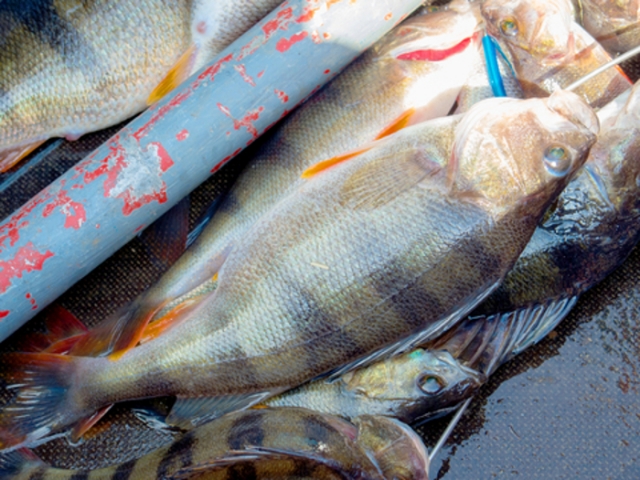
-
Fishing Files
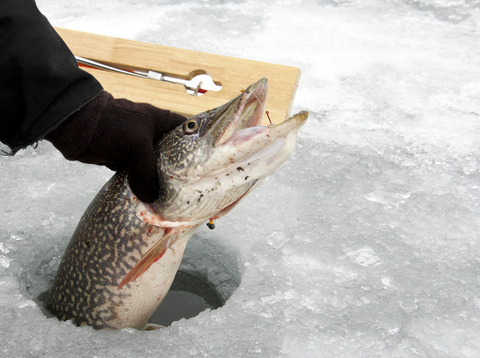
-
Fishing Files
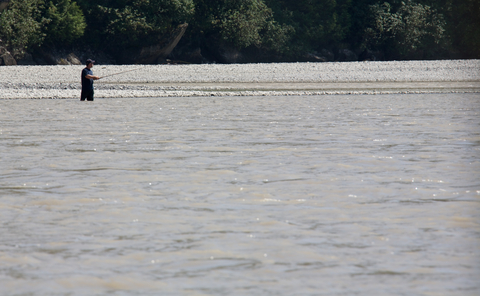
-
Fishing Files
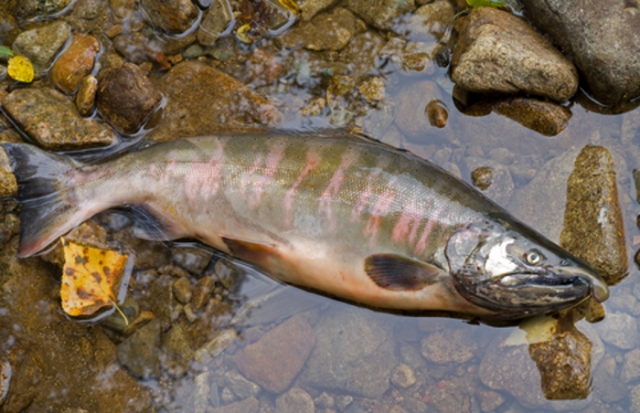
-
Fishing Files
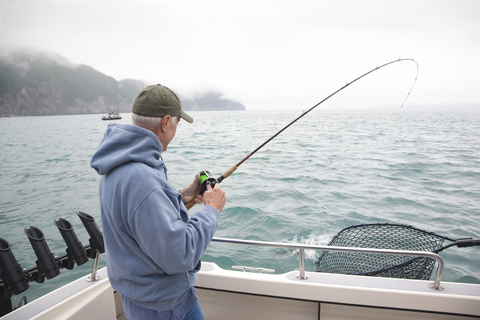
-
Fishing Files
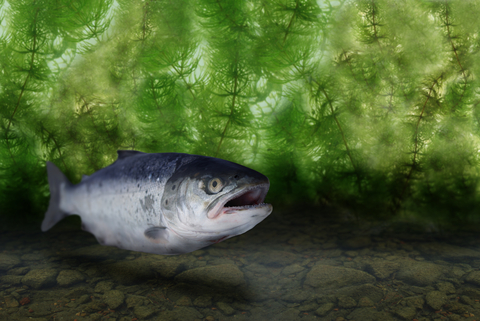
-
Fishing Files
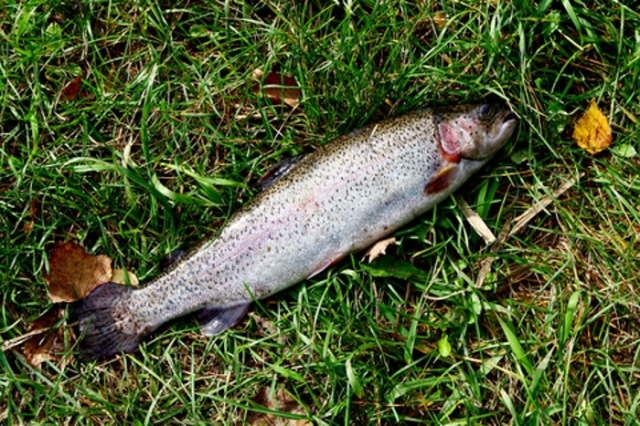
-
Fishing Files
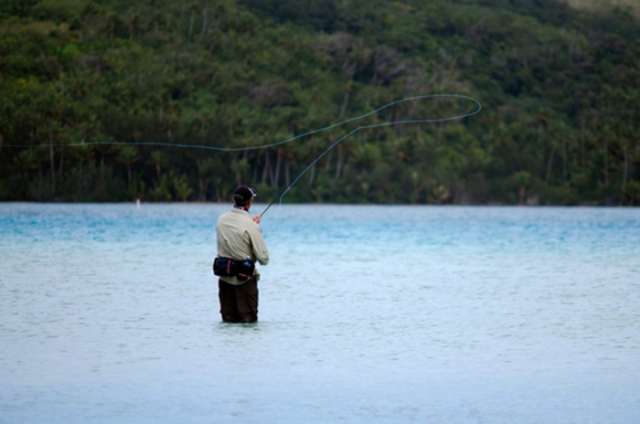
-
Fishing Files
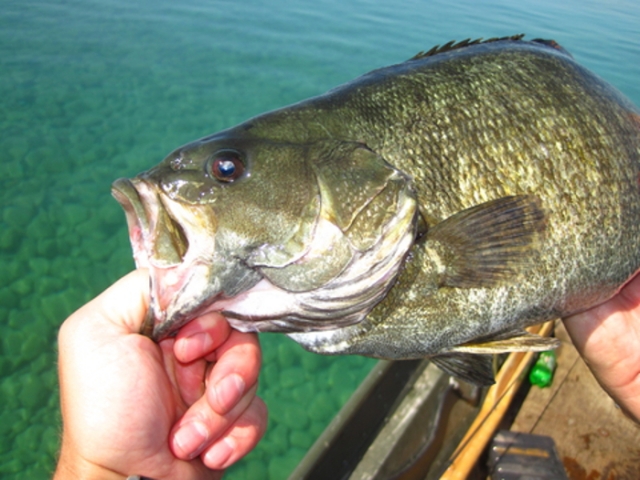
-
Snakehead
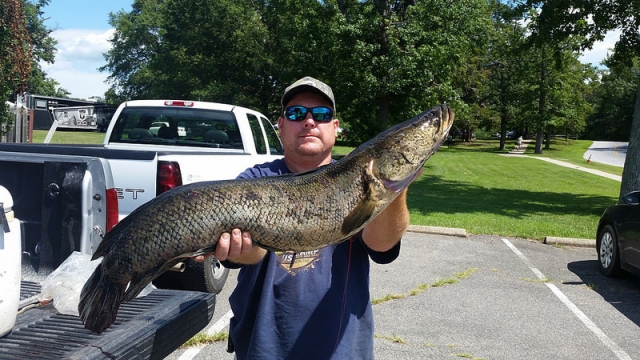
-
Spinner Shark
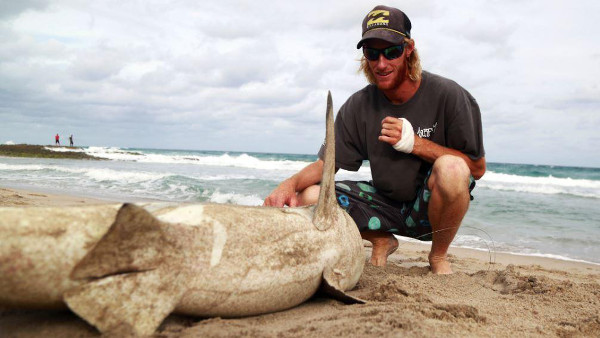
-
Spotted Bass
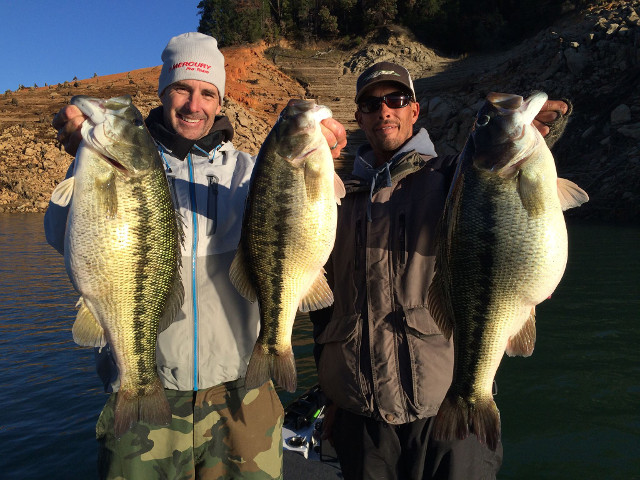
-
Striped Bass
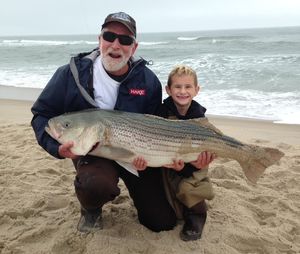
-
Sturgeon
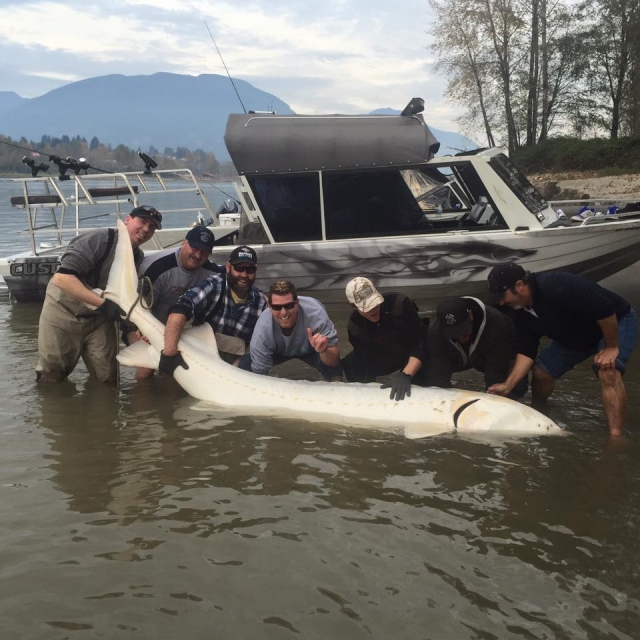
-
Fishing Files
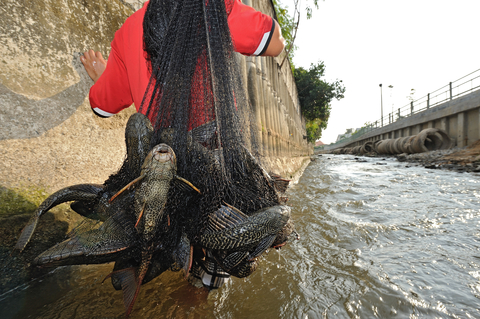
-
Trout Fishing
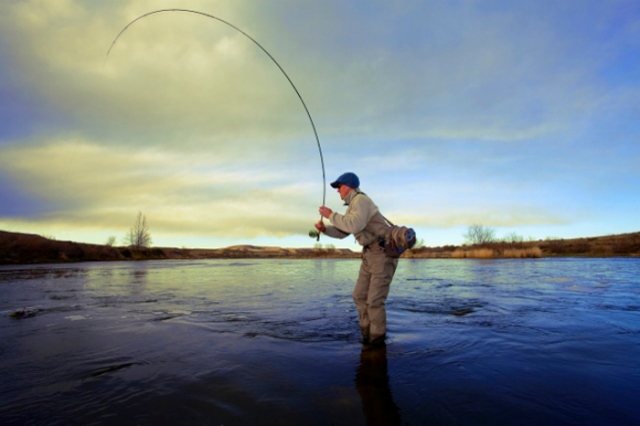
-
Fishing Files
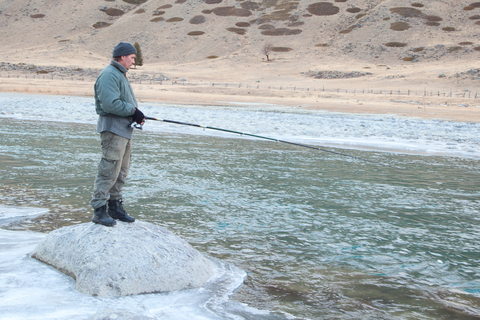
-
Fishing Files
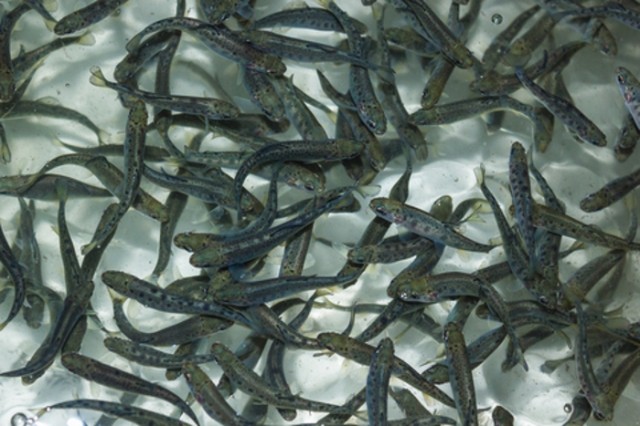
-
Fishing Files
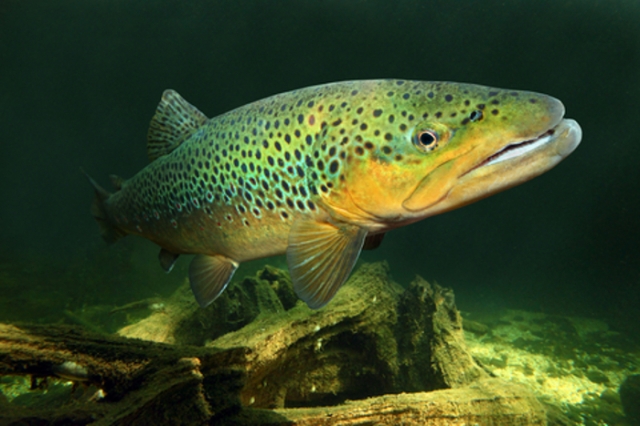
-
Fishing Files
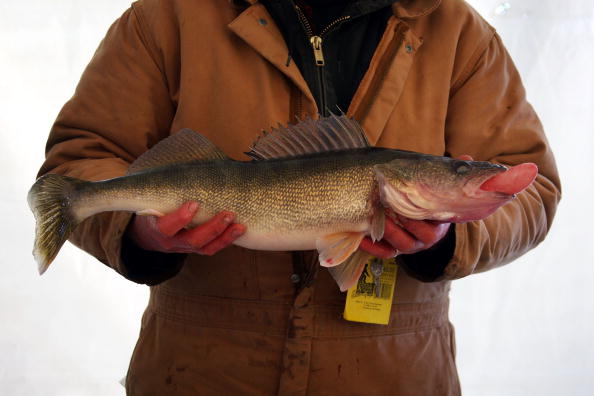
-
Northern Pike
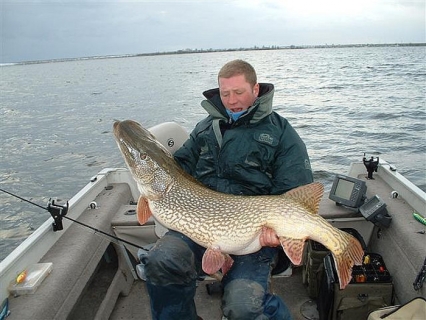
-
School of Karanteen
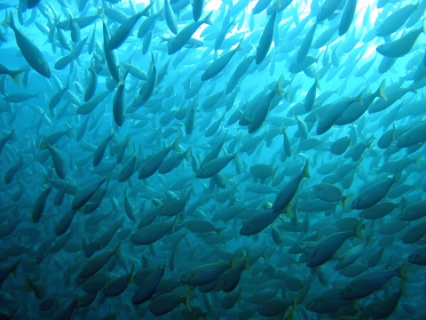
-
Walleye
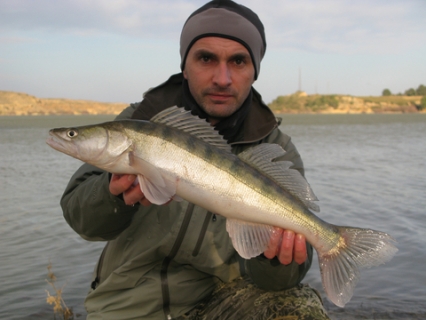
-
Goliath Grouper
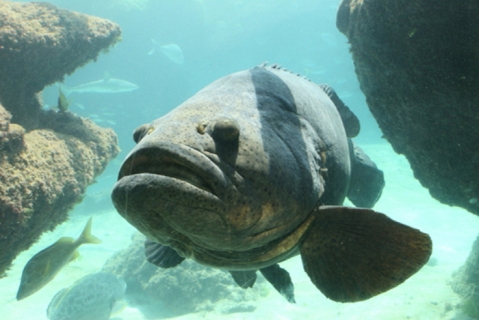
-
Barracuda
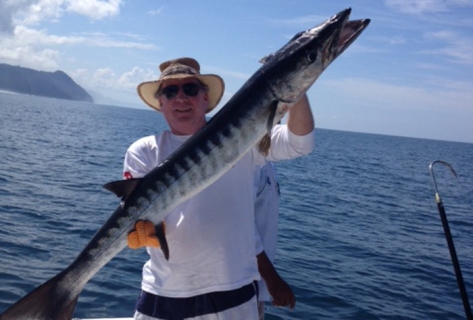
-
European Chub
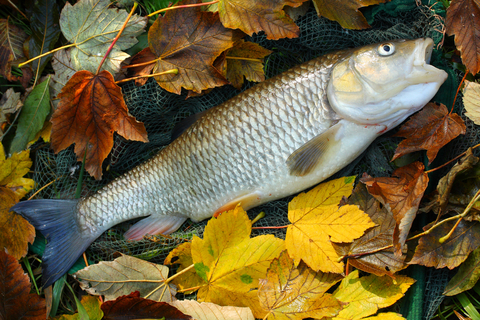
-
Drum Fish
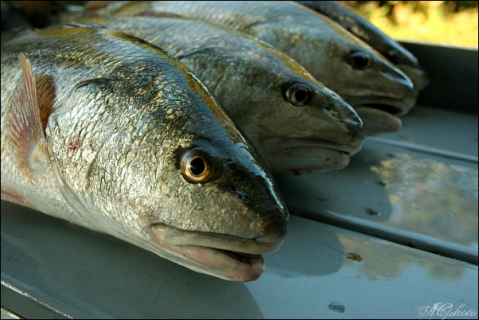
-
Grouper
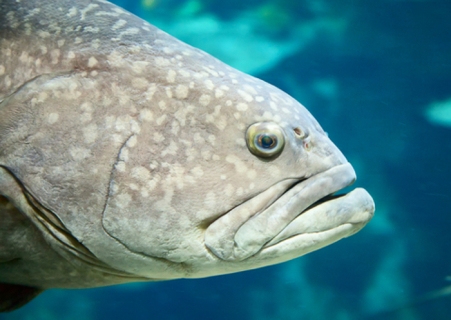
-
Blue Catfish

-
Catfish
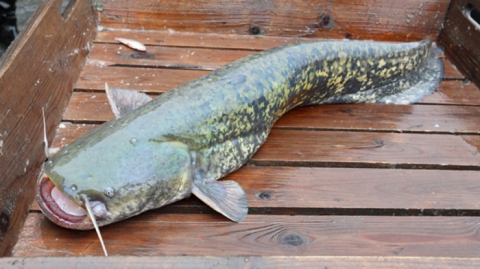
-
Star Puffer Fish
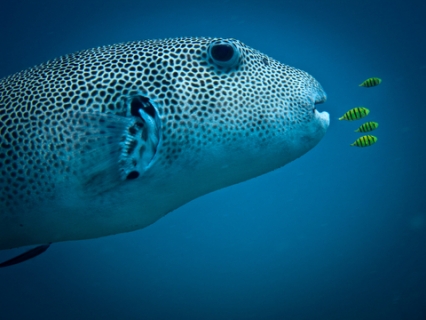
-
Napoleon Fish

-
Smoked Trout
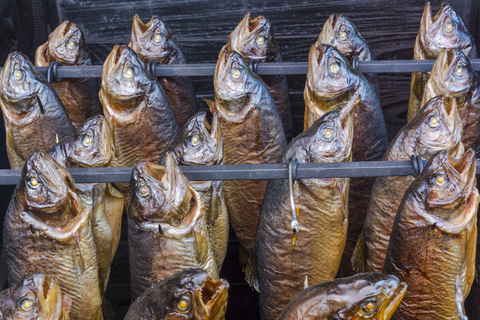
-
Perch
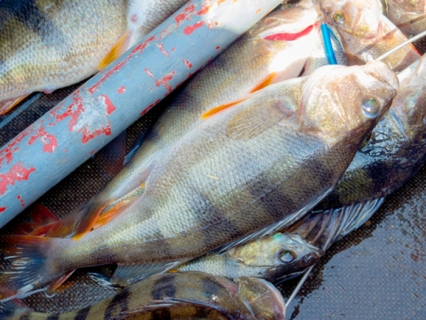
-
Smallmouth Bass
